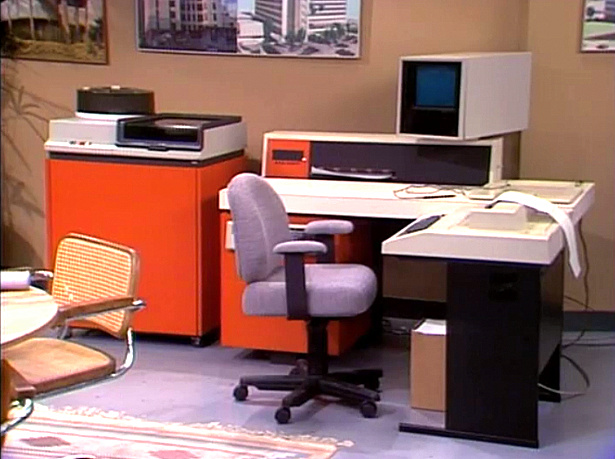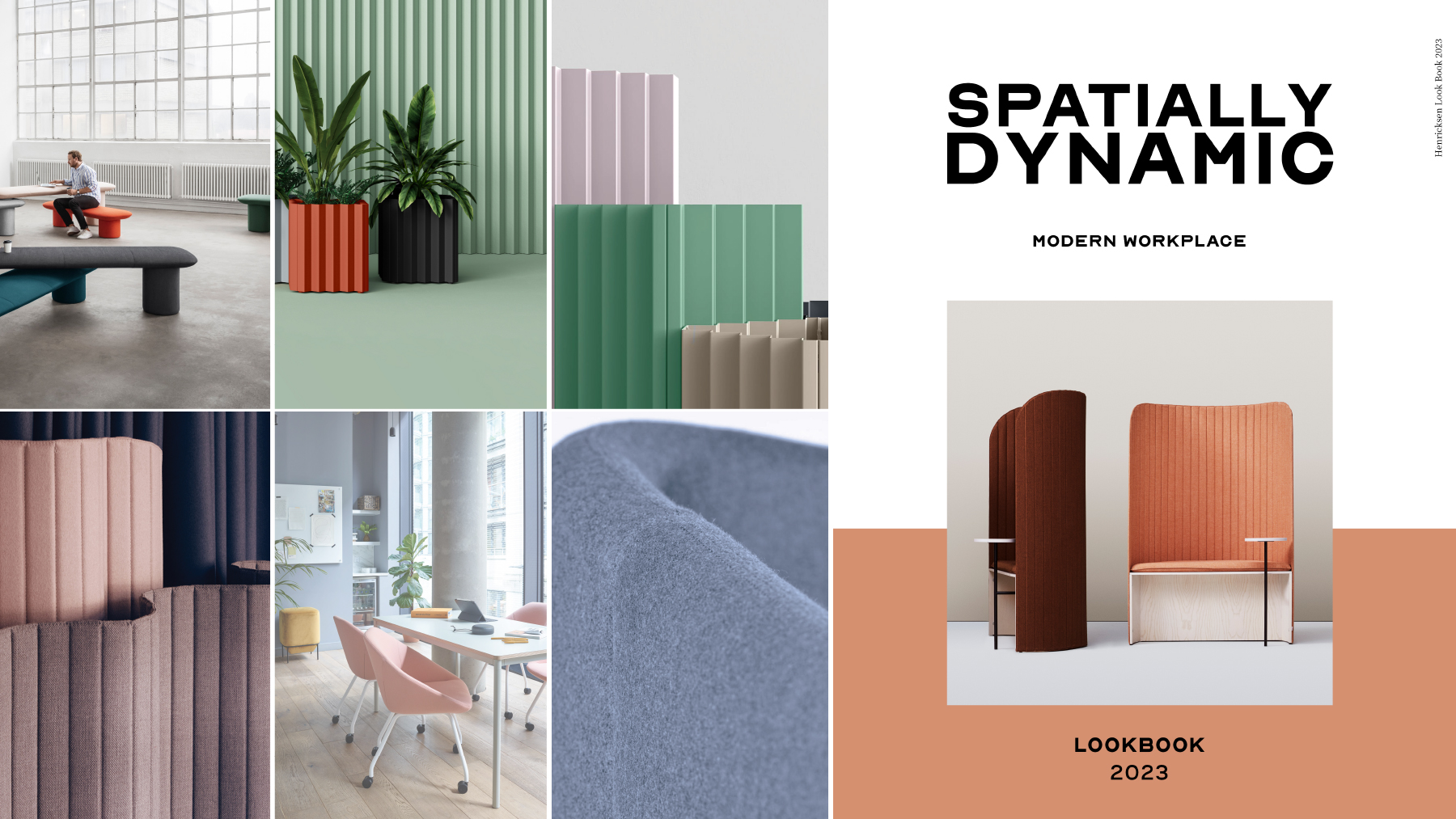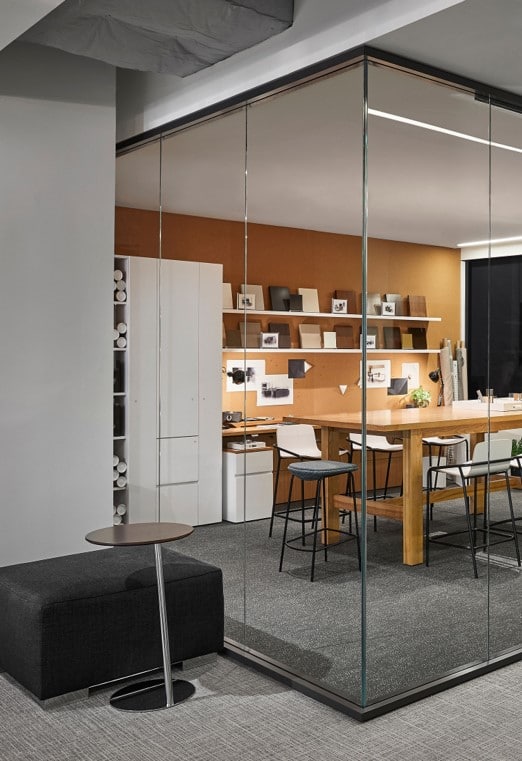Then and Now: the Big, Bad 1980’s
In the 1980’s, Alvin Toffler predicted that offices would soon become irrelevant as telecommuting technology developed.
He said that the downtown cores would become desolate and that people would only connect through ‘‘electronic cottages’’ dotted throughout the countryside.
It was no wonder. The 1980’s saw some great leaps forward in technology. With a fax machine and a telephone, you could work anywhere there was a telephone line installed. Even so, telecommuting was not mainstream and ‘cacooning’ had yet to become a yuppie trend.
Office design followed the trend of mainstream interior design. The ‘big hair’ of the ’80’s was translated into interior design with it’s brash, hard edged looks incorporating lots of chrome, glass, bold graphics and bright colors in reception areas.
 Meanwhile, truly open plan spaces for workers were few and far between.
Meanwhile, truly open plan spaces for workers were few and far between.
Workspaces were crammed with characterless cubicles and these cubicles were not the Action Office style of the 1960’s. These were much smaller, leaner and meaner with high walls and hard edges. The focus was on extracting every ounce of productivity out of every worker every minute of the work day.
The word cubicle became synonymous with ‘heartless, energy sucking prison’ – a place that workers loved to hate. The resentment towards big corporations began to simmer.

Office design philosophy was squarely based on profits before people.
Quite a contrast to our more enlightened, people focused attitudes today. Today’s office design is all about creating work environments that help people to fulfill their potential. We now understand that productivity and profit are best achieved by providing a supportive work environment. The old saying, ‘two minds are better than one’ has never been more appropriate. Progressive organizations are actively harnessing the power of collaboration. Many recognize that supporting both personal development and collaboration are the key to success in a globally competitive world.
Office design has consequently also evolved to accommodate these goals. Carefully planned collaborative areas, with some semi private and private focused work areas have become a key part of the modern office layout.
You can read more about this here.

More on this topic:
https://www.nytimes.com/2016/02/28/magazine/the-post-cubicle-office-and-its-discontents.html?_r=0
https://www.criterionindustries.com.au/blog/office-design-trends-throughout-the-decades.html/




